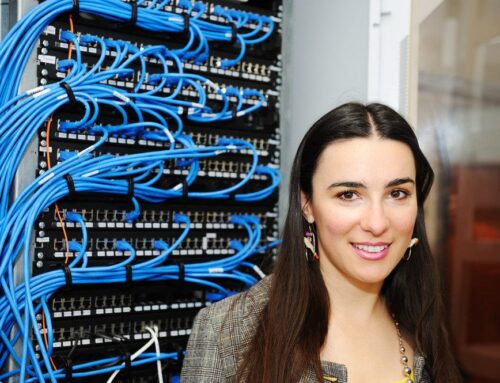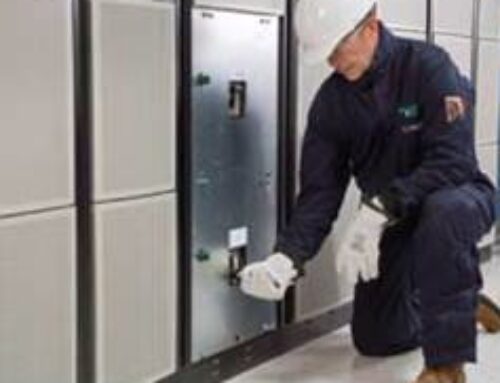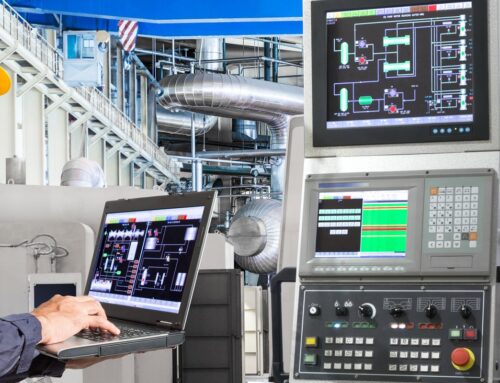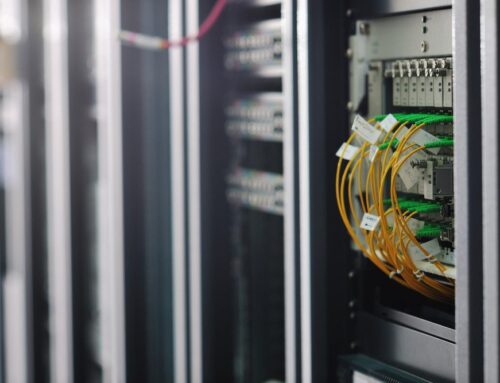Free cooling is a data center climate-control method that involves using outside air. It reduces data center energy use, but air quality makes the approach difficult. Traditional cooling systems involve two air loops: an outside air loop and a processed data center air loop. The outside air is cooled by evaporative cooling and then the cold air cools the processed air for the data center.
Facebook is utilizing a new method, however.
Facebook Adds Water to the Mix
SPLC stands for StatePoint Liquid Cooling, the new cooling method Facebook will be using for its data center. Water cooling methods normally mean using water to cool air. SPLC does the reverse—it uses air to cool the water, which results in lower water consumption.
How SPLC Works
The SPLC system is a liquid-to-air energy exchanger, meaning the water is cooled as it evaporates through a membrane separation layer. The cold water then cools the air inside the data center.
Why Google is Using Liquid
Google recently announced that they’ll now be using liquid cooling in their data centers. The reason behind this decision is that their latest processors use TPU (Tensor Processing Units) chips. These chips are so powerful that they’ve had to introduce liquid cooling to their data centers.
At the company’s annual I/O conference, Google’s chief executive did not speak much about the cooling systems, but the images shown indicate that the system brings chilled liquid directly to the chip via thin tubes.
TPU’s consume a lot of power which is why they require bringing liquid directly to the chip instead of being cooled via cold air through the servers.
What Method is Your Data Center Using?
LDP Associates Inc. is passionate about providing businesses the cooling and power accessories they need to keep their data centers running efficiently. Contact us today and ensure your data stays safe.






